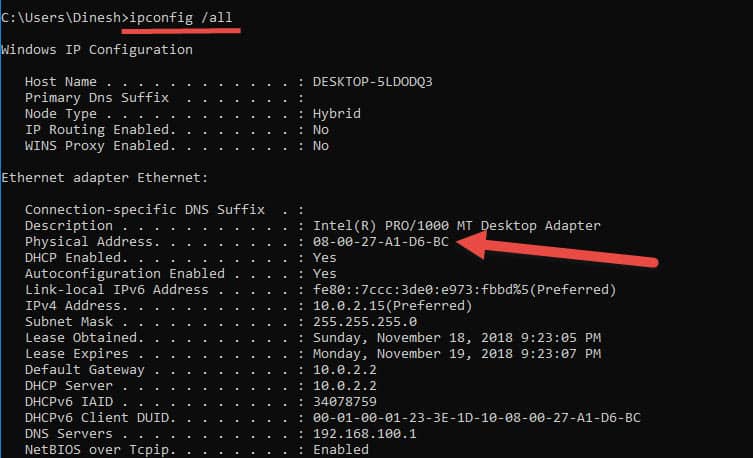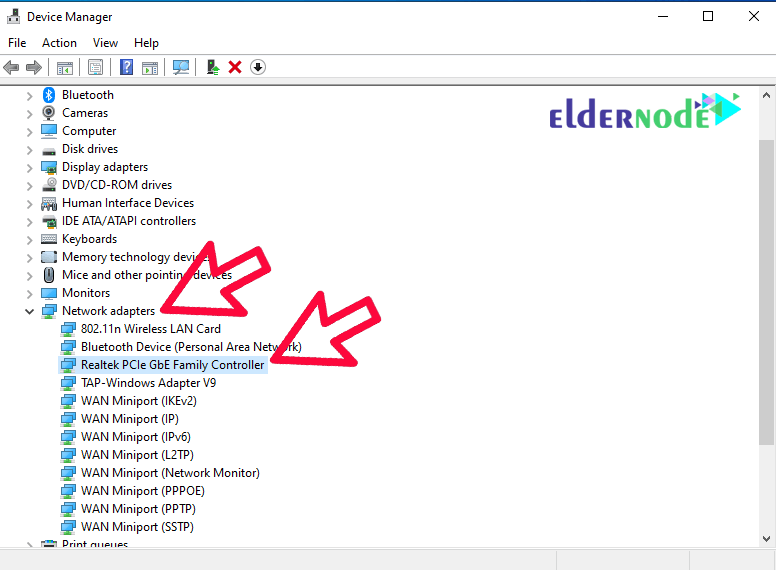

Therefore, unless you control the network(s) you are connecting to, use MAC prefix of any real vendor (basically, the first three bytes), and use random values for next three bytes. Any hexadecimal value will do, but some networks may be configured to refuse to assign IP addresses to a client whose MAC does not match up with any of known vendors. The first step to spoofing the MAC address is to bring the network interface down. It will probably look something like this:

The section that interests us at the moment is the one that has "link/ether" followed by a 6-byte number. Where interface is the name of your network interface. Both of them are outlined below.įirst, you can check your current MAC address with the command: There are two methods for spoofing a MAC address: installing and configuring either iproute2 or macchanger. and take the mac out of developer mode.This article gives several methods to spoof a Media Access Control (MAC) address. If you should decide to use the apple one, you should remove that ktext you downloaded and installed and run "csrutil enable" to enable the protection mode. Plus those instructions disable driver signing and malware protection in the mac which is generally under the realm of "bad idea" unless you are making a hackintosh. I really do not see the merit in the time and effort involved in trying to do this with a generic adapter. Since apple sells their own model for $29. Also there are certain requirements for what mac addresses are allowed and what ones are not allowed. It is possible that since you are using a non-apple approved driver, it may create the interface with a different name as a reference. It should be en0 unless you have a lot of ethernet interfaces.

The interface name can be found with ifconfig. Your spoofing command looks correct (provided that your interface is en4) but there is no guarantee that what you are using for an interface or MAC address is valid. I think these are the worst invention ever created but just like there are software based modems and com ports there are software based network cards. It is likely that the mac address is a software programmable MAC address that is assigned by the driver at load. If the USB device does not have a specific MAC address on the outside of the device and it is a "cheap" adapter.


 0 kommentar(er)
0 kommentar(er)
